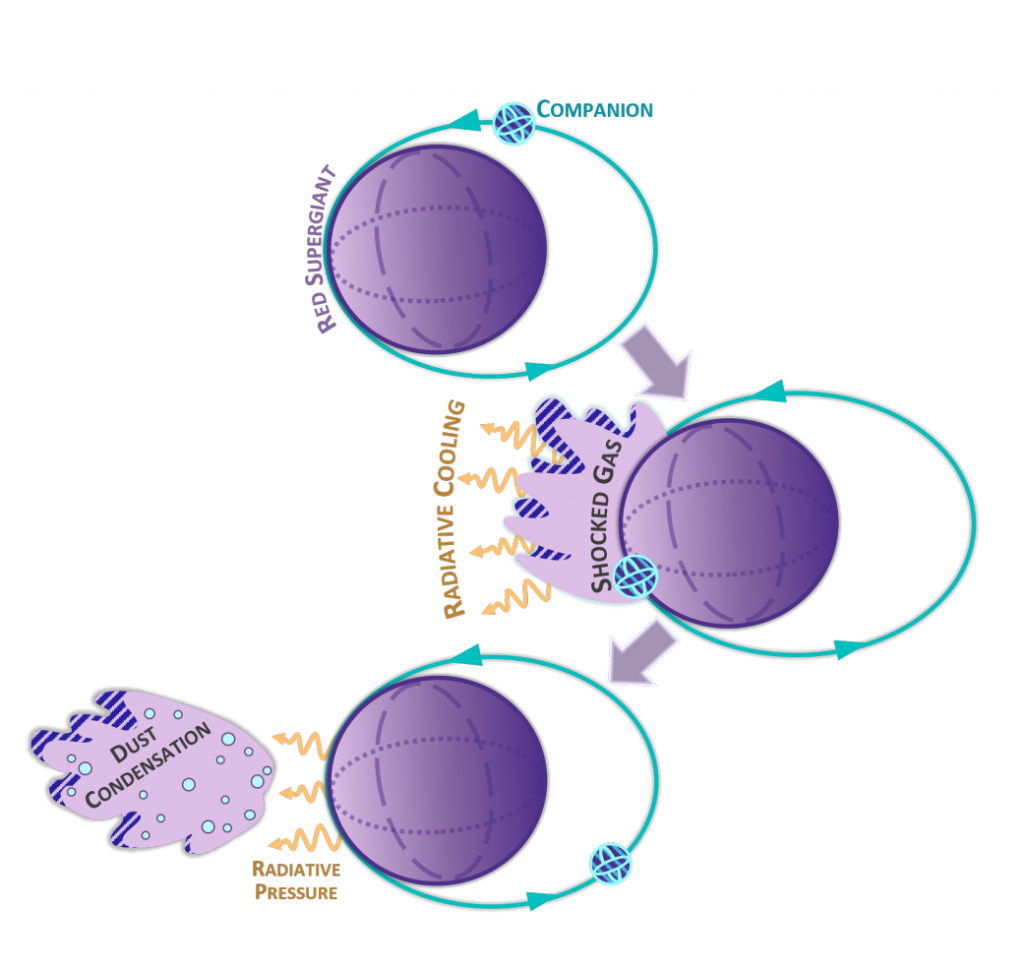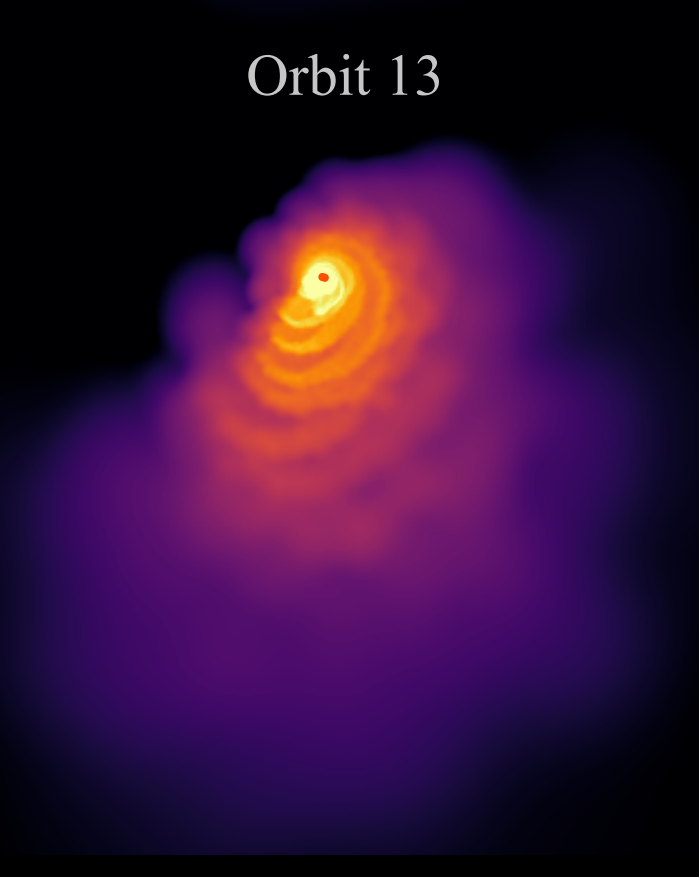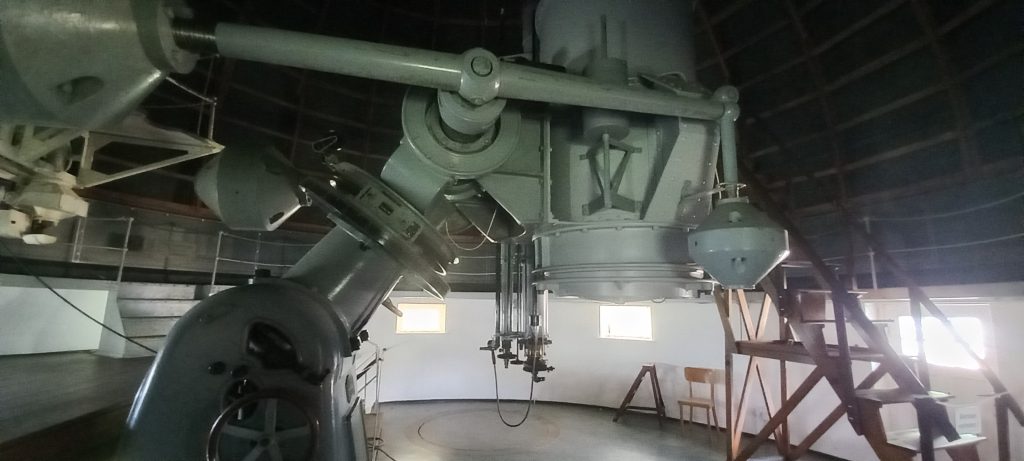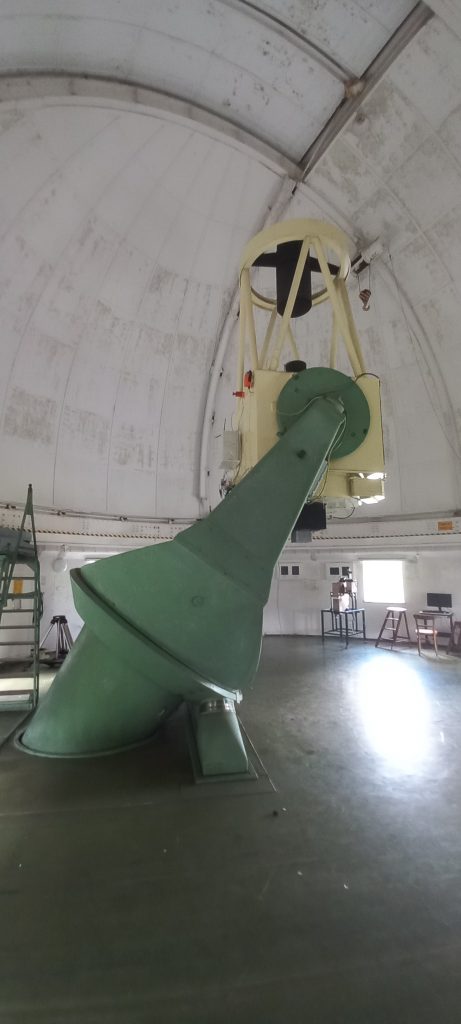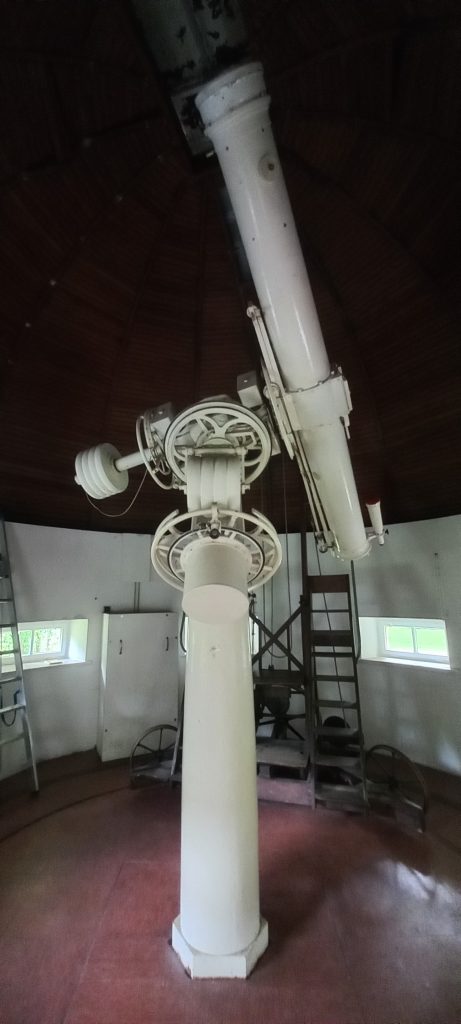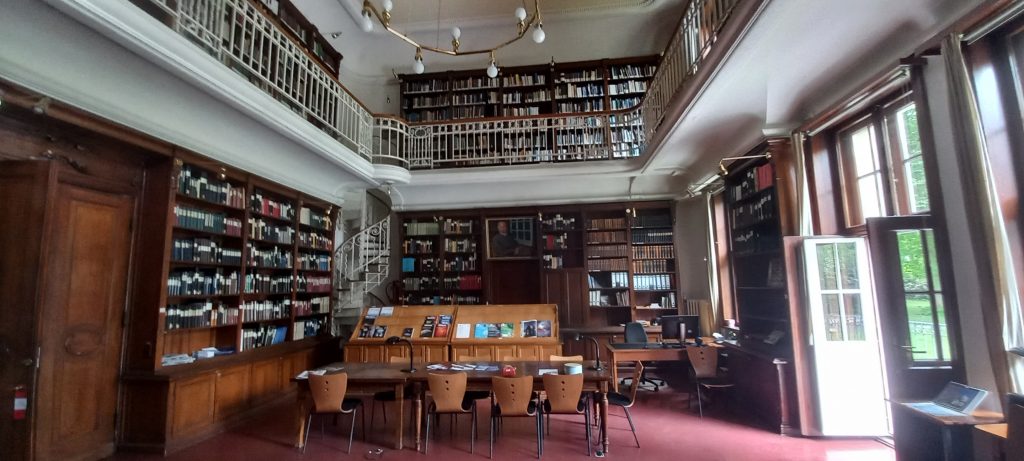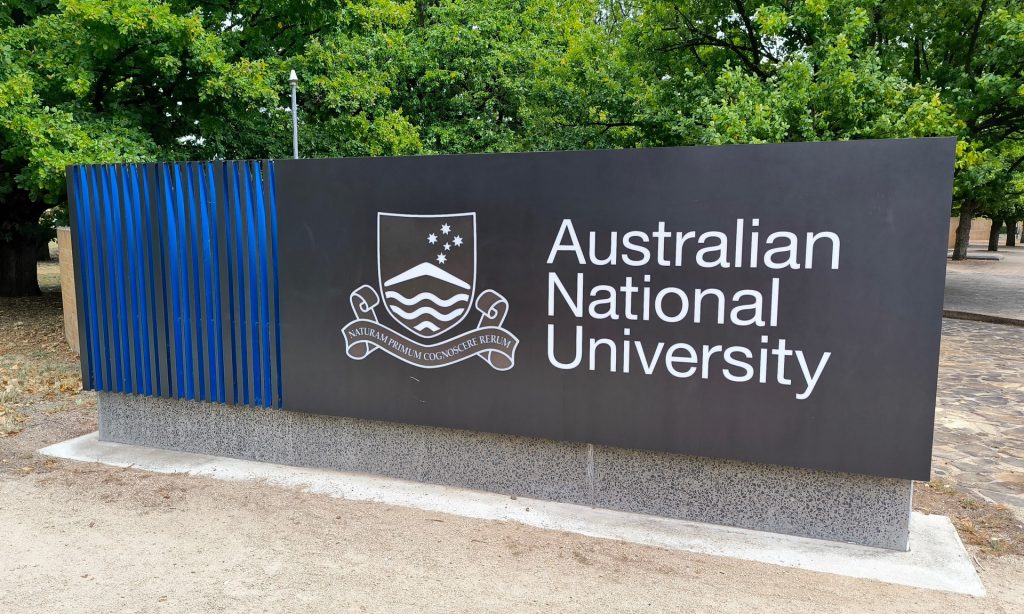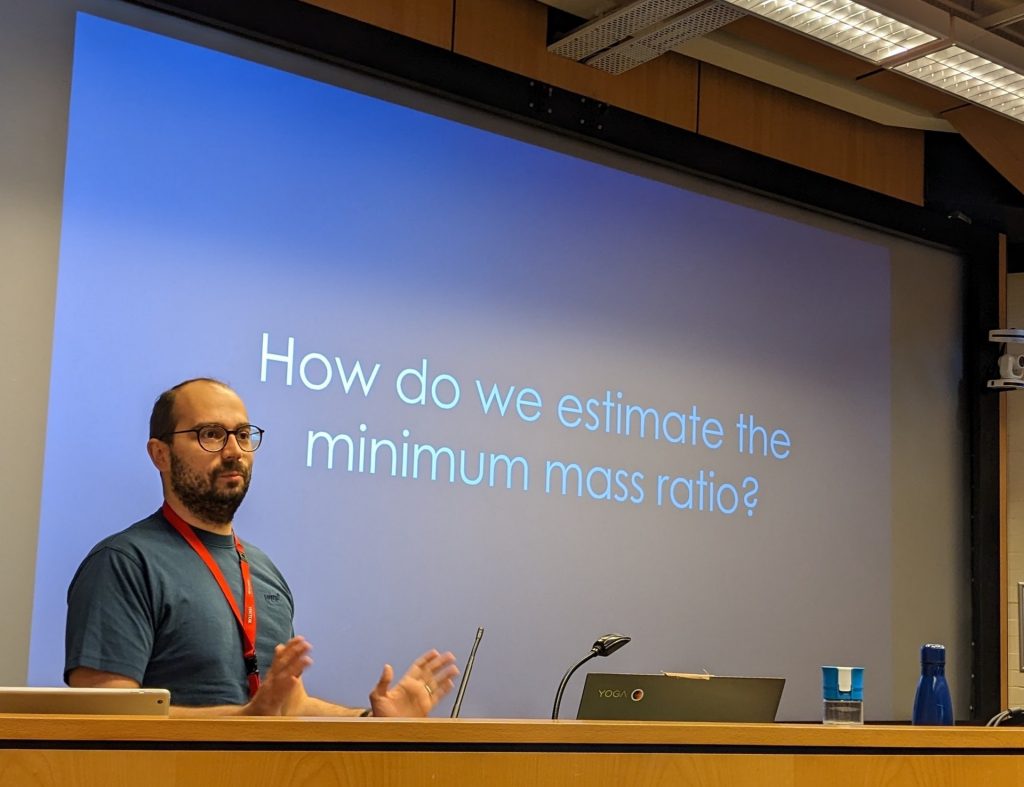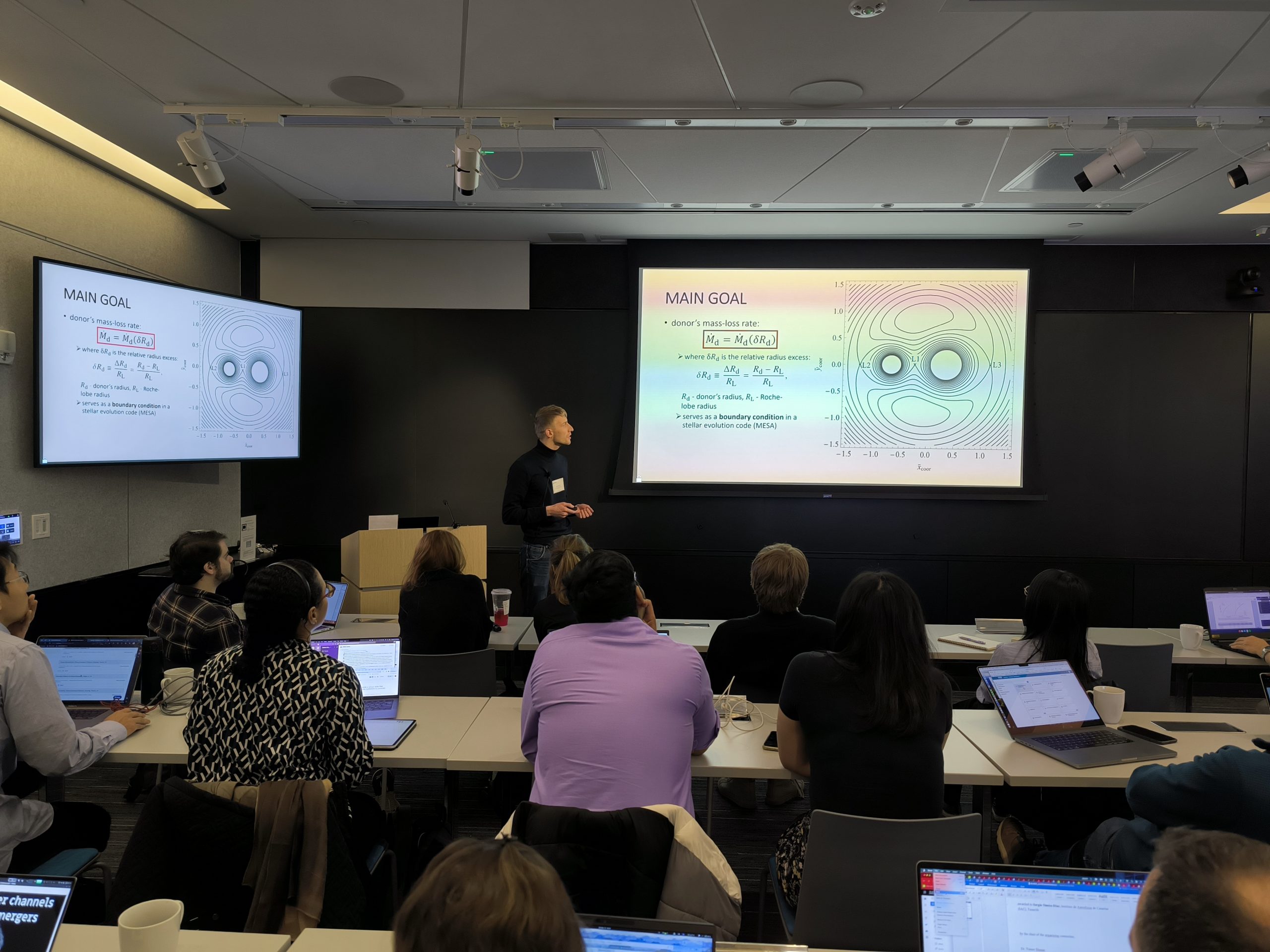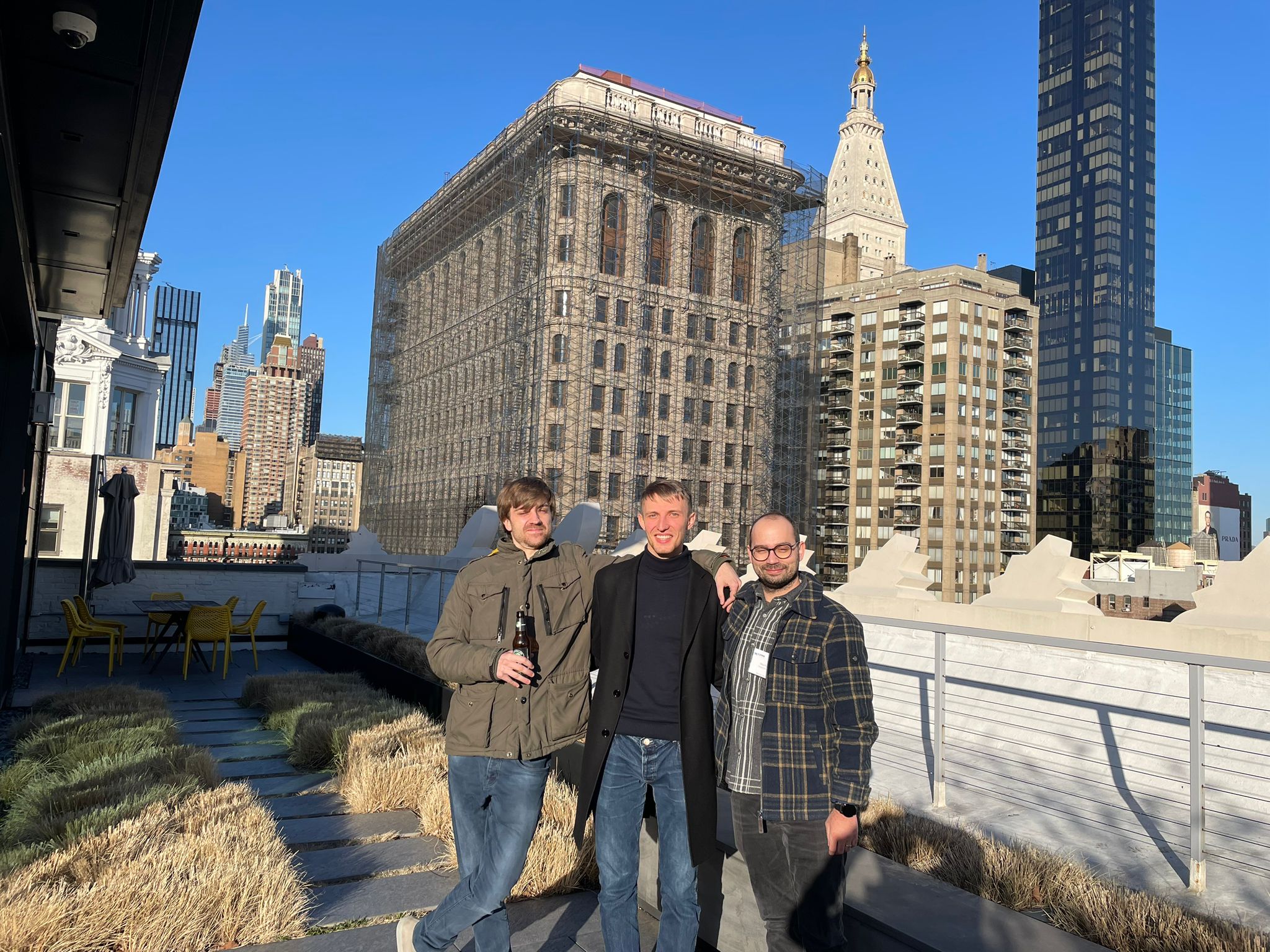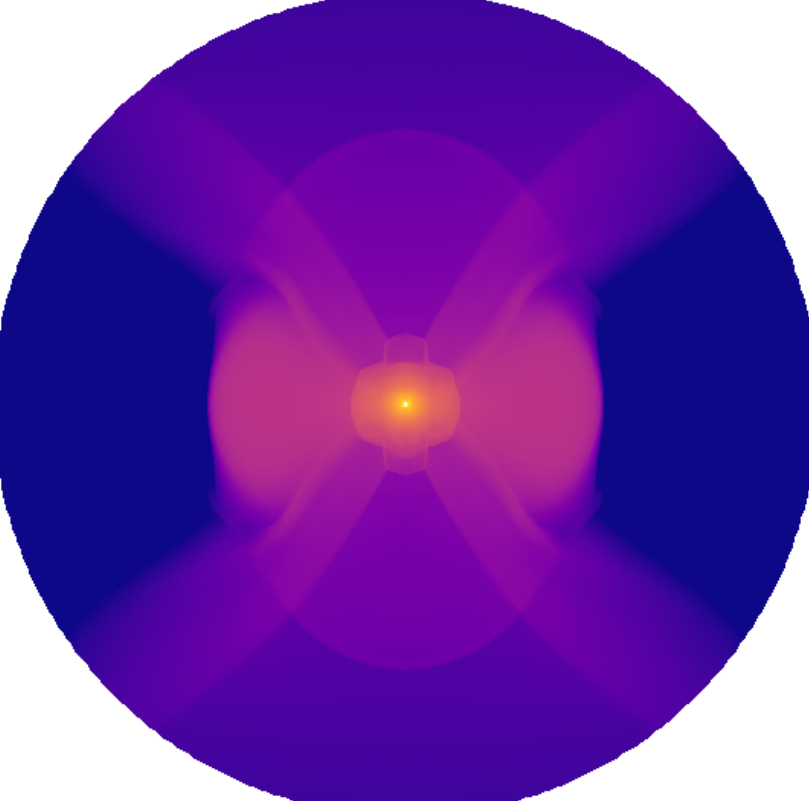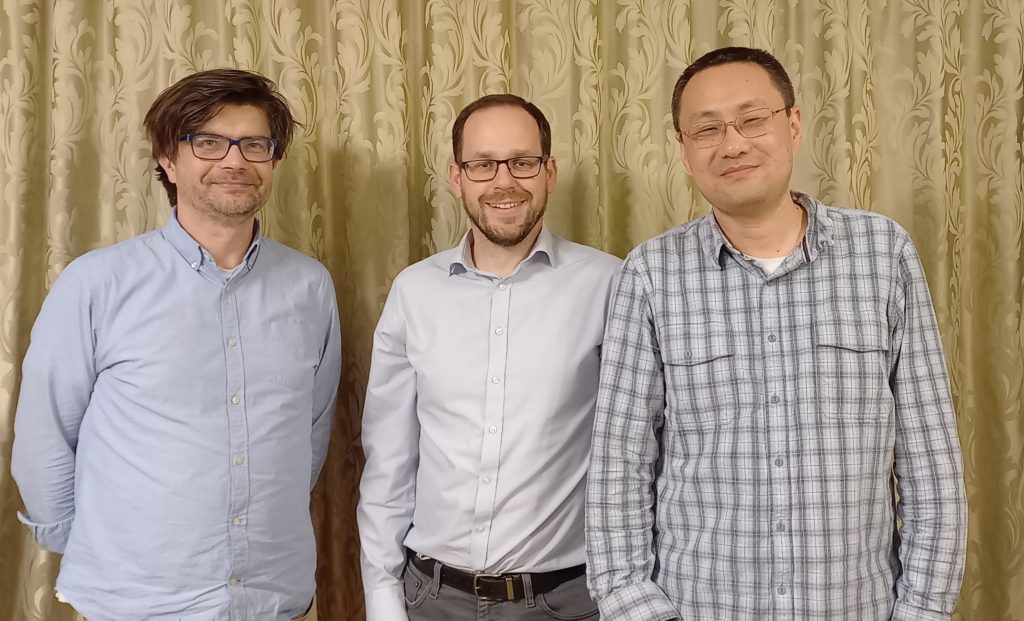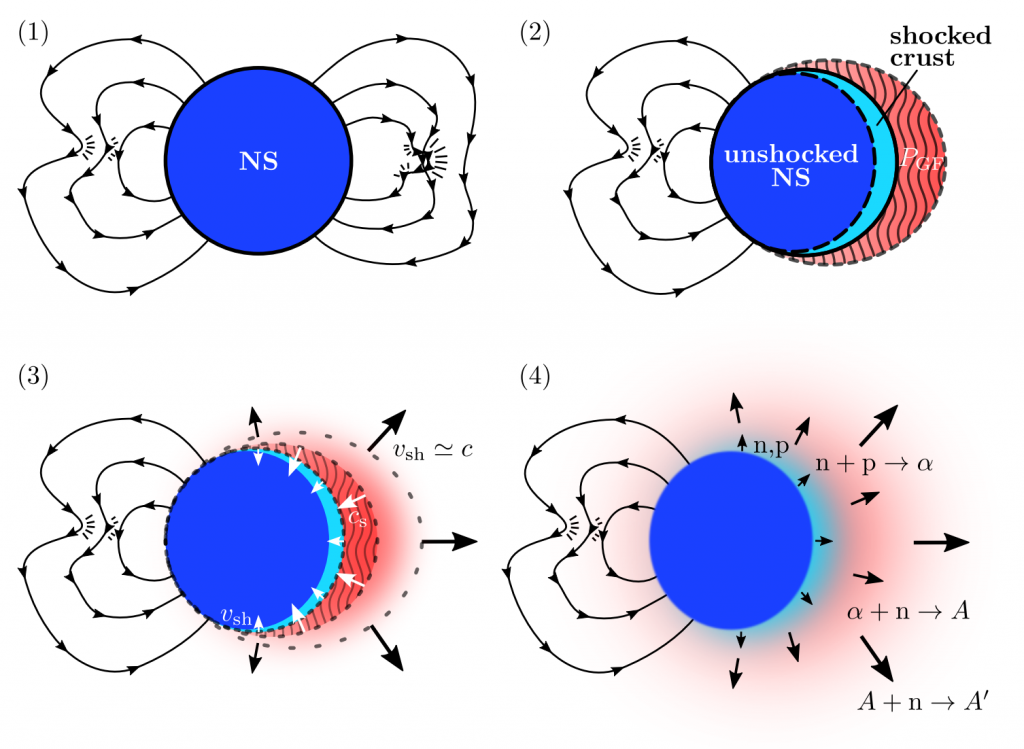New paper by PhD student Camille Landri looks at how we can get asymmetric outflows from red supergiants such as VY CMa and other similar objects. The idea is that a companion coming in on a grazing excentric orbit will unbind a small amount of gas from the red supergiant. This gas is subject to rapid radiative cooling and forms dust, which gets pushed away from the supergiant by its radiative pressure. Radiative cooling and dust driving are necessary to form outflows that are anisotropic in the sense that the ejection happens only in a fraction of a solid angle near the pericenter. After many grazing orbits, the ejections form an asymmetric structure with imprinted spiral-like pattern. The paper (accepted to MNRAS) discusses origin, final fate, and observational implications of this scenario.
